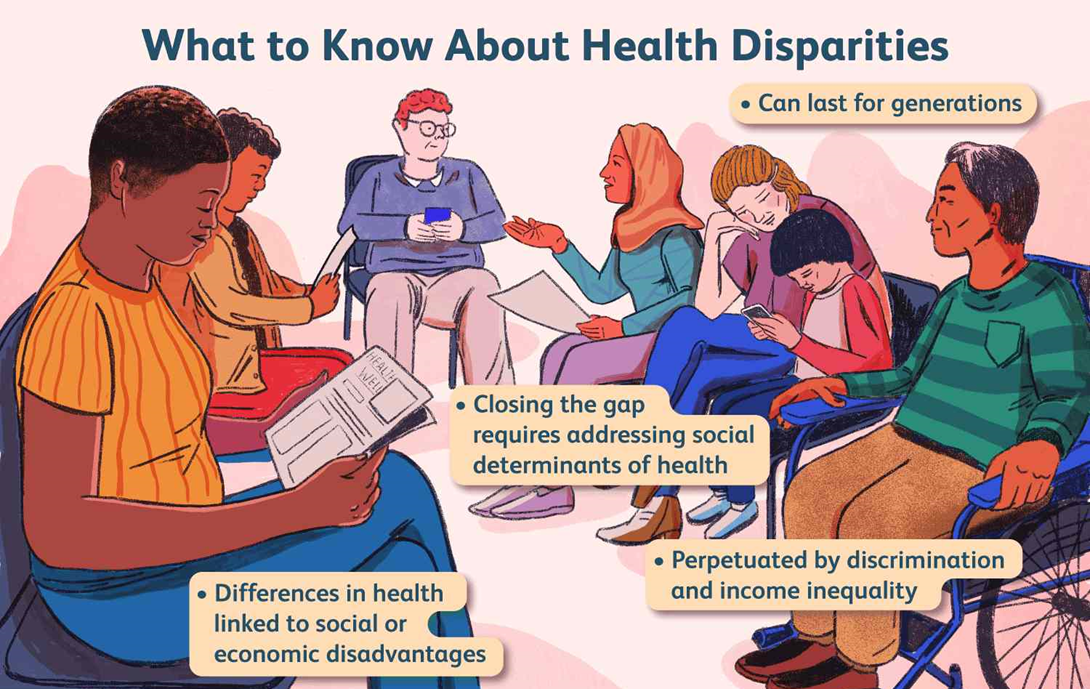Which of the following statements is true about Parkinson disease (PD)?
Drinking large amounts of alcohol can relieve symptoms of essential tremor
Motor tremors and slow movement accompany severe cognitive impairment
It is advised to take levodopa-carbidopa on an empty stomach
Lewy body dementia (LBD) is the most common form of dementia
The Correct Answer is C
Choice A reason: Drinking large amounts of alcohol can relieve symptoms of essential tremor is false because essential tremor is a different neurological disorder from PD, and alcohol can worsen PD symptoms or interact with medications.
Choice B reason: Motor tremors and slow movement accompany severe cognitive impairment is false because not all people with PD develop cognitive impairment, and the severity of motor and cognitive symptoms may not correlate.
Choice C reason: It is advised to take levodopa-carbidopa on an empty stomach is true because food, especially protein, can interfere with the absorption of levodopa-carbidopa, which is the main medication for PD.
Choice D reason: Lewy body dementia (LBD) is the most common form of dementia is false because Alzheimer's disease is the most common form of dementia, and LBD is a related but distinct condition that can affect some people with PD.
Nursing Test Bank
Naxlex Comprehensive Predictor Exams
Related Questions
Correct Answer is D
Explanation
Choice A reason: Health equity is not the definition of health disparity, but rather the opposite of it. Health equity is the state of fair and equal opportunity for everyone to achieve optimal health, regardless of social or economic factors.
Choice B reason: The difference between an expected incidence and prevalence and that which actually occurs in a comparison population group is not the definition of health disparity, but rather a way of measuring it. Incidence and prevalence are epidemiological terms that refer to the number of new and existing cases of a disease or condition in a population, respectively.
Choice C reason: The systematic elimination of the culture of another resulting in decreased wellness is not the definition of health disparity, but rather an example of cultural genocide. Cultural genocide is the deliberate destruction of the identity, heritage, or traditions of a group of people.
Choice D reason: Differences in health outcomes between groups is the definition of health disparity, as it describes the situation where some groups of people experience worse health status or quality of life than others, due to factors such as race, ethnicity, gender, income, education, or geography.

Correct Answer is A
Explanation
Choice A reason: This action is correct because the client is showing signs of a possible stroke, such as a severe headache and numbness in one side of the body. The nurse should call 9-11 immediately to get the client to the nearest hospital for urgent evaluation and treatment. The nurse should also monitor the client's vital signs, neurological status, and airway until help arrives.
Choice B reason: This action is incorrect because the client's headache and numbness are not likely to be caused by a migraine, but by a stroke. The nurse should not waste time asking about the client's history of headaches, but rather act quickly to get the client to the hospital. The nurse should also not assume that the client's symptoms are benign or familiar, but rather treat them as an emergency.
Choice C reason: This action is incorrect because the client's headache and numbness are not likely to be relieved by acetaminophen, but by a stroke. The nurse should not give the client any medication without a doctor's order, especially if the client has a history of TIA or stroke. The nurse should also not delay calling 9-11 by administering medication, as every minute counts in saving the client's brain cells.
Choice D reason: This action is incorrect because the client's headache and numbness are not likely to resolve within 24 hours, but by a stroke. The nurse should not reassure the client that the symptoms are temporary or harmless, but rather alert the client that they are signs of a serious condition. The nurse should also not delay calling 9-11 by providing false comfort, as the client's condition may worsen rapidly.
Whether you are a student looking to ace your exams or a practicing nurse seeking to enhance your expertise , our nursing education contents will empower you with the confidence and competence to make a difference in the lives of patients and become a respected leader in the healthcare field.
Visit Naxlex, invest in your future and unlock endless possibilities with our unparalleled nursing education contents today
Report Wrong Answer on the Current Question
Do you disagree with the answer? If yes, what is your expected answer? Explain.
Kindly be descriptive with the issue you are facing.
